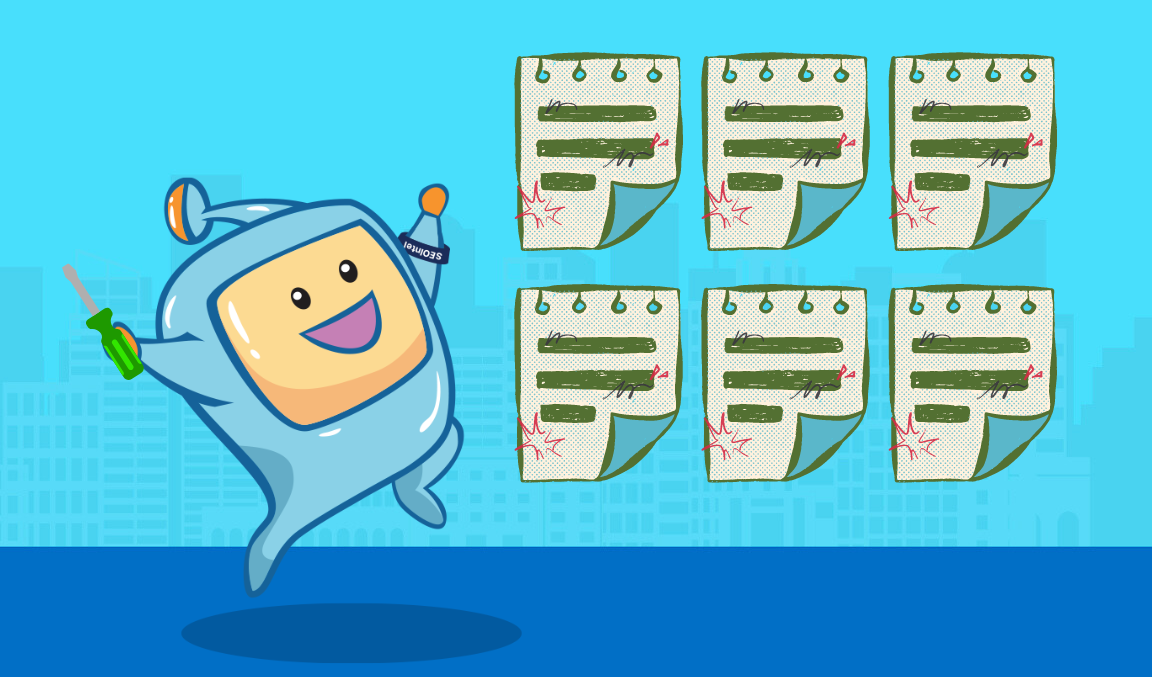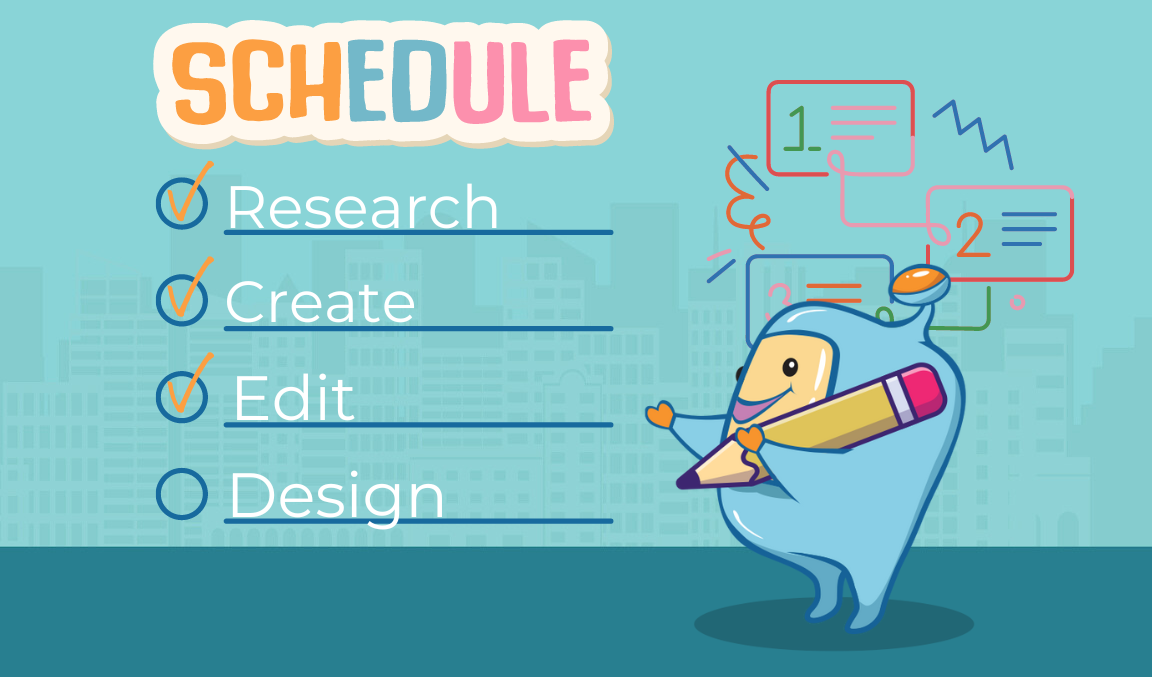A well-structured and thoughtfully designed content calendar has become an invaluable tool for businesses and content creators alike.
A content calendar serves as a roadmap, guiding the creation, publication, and distribution of content across various platforms and channels.

It provides a clear overview of upcoming content initiatives, helps maintain consistency, and maximizes the impact of each piece of content.
By strategically organizing and scheduling content, businesses can enhance their online presence, engage their target audience, and achieve their marketing goals.
In this article, we will explore the best practices for creating and utilizing a content calendar, empowering you to streamline your content strategy and unlock its full potential.
Here is what you will read in this article:

A content calendar is a valuable tool for planning and organizing your content strategy.
It provides a visual overview of your upcoming content, including blog posts, social media updates, videos, and more.
With a content calendar, you can schedule and manage your content creation process effectively, ensuring a consistent flow of engaging content for your audience.

Content calendars offer several benefits that can greatly enhance your content marketing efforts. Here are a few reasons why content calendars are important:
A content calendar helps you stay organized by providing a centralized location to plan, create, and schedule your content.
It ensures that you have a clear roadmap for your content strategy and enables you to streamline your workflow, saving time and minimizing errors.
By mapping out your content in advance, you can maintain a consistent publishing schedule.
This allows you to deliver content to your audience regularly, building trust and engagement.
Additionally, a content calendar helps you time your content to align with relevant events, holidays, or industry trends, maximizing its impact.
With a content calendar, you can plan a diverse range of content types and formats.
This ensures that you offer your audience a balanced mix of educational, entertaining, and promotional content.
By incorporating different content categories, such as editorial, platform-specific, and promotional content, you can create a well-rounded content strategy.
Content calendars facilitate collaboration among team members by providing visibility into upcoming content.
It allows different stakeholders, such as writers, designers, and social media managers, to coordinate their efforts and ensure a cohesive content experience for your audience.

Creating an effective content calendar requires careful planning and organization, ensuring a systematic approach to content creation, distribution, and engagement strategies.
To create an effective content calendar, it's important to understand its key elements.
These include:
This category encompasses your blog posts, articles, and other written content. It outlines the topics, keywords, and publishing dates for each piece.
This category focuses on content specific to different social media platforms. It includes posts, updates, and campaigns tailored to each platform's requirements.
This category involves content that promotes your products, services, or special offers. It helps drive conversions and generate leads.
This section allows you to capture and organize future content ideas, ensuring a continuous flow of fresh and engaging topics.

Utilizing a content calendar tool can greatly simplify the process of creating and managing your content calendar.
Here are some popular options:
Notion is a highly customizable tool that allows you to create and customize your content calendar based on your specific needs.
Google Sheets is a simple and accessible option for creating a content calendar. It offers collaborative features and is easily shareable with your team.
Microsoft Excel provides similar functionality to Google Sheets and is a popular choice for creating content calendars.
While primarily a scheduling tool, Google Calendar can also be used as a content calendar by creating events for your content pieces.
Coschedule is a comprehensive content marketing platform that includes a content calendar feature along with other helpful marketing tools.
Loomly is a social media management tool that offers a content calendar feature, allowing you to plan and schedule your social media content.
If you're using WordPress, the Editorial Calendar plugin provides a dedicated content calendar within your WordPress dashboard.
These platforms offer project management and collaboration features that can be adapted to serve as content calendars.
They provide a centralized space for team communication, task assignment, and content planning.
Once you have chosen a content calendar tool, it's time to start populating it with content items.
Here are some tips for adding items to your calendar effectively:
Start with a Content Strategy:
Before adding items to your calendar, develop a clear content strategy that aligns with your business goals and target audience.
This will guide your content creation process and ensure that each piece of content serves a purpose.
Plan Ahead:
Take the time to plan your content in advance.
Set aside dedicated brainstorming sessions to generate ideas and outline the topics, formats, and goals for each piece of content.
Consider Content Dependencies:
If your content pieces are interconnected or part of a series, make sure to account for dependencies in your calendar.
Schedule related content items in a logical order to maintain continuity and maximize their impact.
Utilize Labels or Tags:
Use labels or tags in your content calendar to categorize and organize your content.
This can help you easily identify different content types, themes, or target audience segments.

A comprehensive content calendar should encompass not only the publishing dates but also the various stages of the content creation process.
This includes:
Research and Ideation:
Allocate time for research, brainstorming, and gathering relevant information for your content.
This stage is crucial for developing well-informed and valuable content.
Content Creation:
Block out dedicated time for content creation, whether it's writing blog posts, designing graphics, or filming videos.
Consider the estimated time needed for each task and assign deadlines accordingly.
Editing and Proofreading:
Allow sufficient time for editing, proofreading, and quality assurance checks.
This ensures that your content is error-free, polished, and aligned with your brand voice and style guidelines.
Visual Design and Multimedia Production:
If your content involves visual elements, such as images, infographics, or videos, schedule time for graphic design or multimedia production.
Approval and Review Process:
If multiple stakeholders are involved in the content creation process, allocate time for feedback, revisions, and final approvals.
Clear communication and collaboration are essential during this stage.
Publishing and Promotion:
Set specific dates and times for publishing and promoting your content on different channels.
Consider factors such as optimal posting times, audience engagement patterns, and the distribution strategy for maximum visibility.

While blog posts are an important component of content calendars, remember to incorporate a variety of content formats.
This can include social media updates, videos, podcasts, infographics, webinars, or interactive content.
Diversifying your content mix helps cater to different audience preferences and keeps your content strategy fresh and engaging.
Creating a content calendar is a fundamental step in effectively managing and executing your content strategy.
It provides structure, organization, and clarity to your content creation process, ensuring consistent delivery of valuable content to your audience.
By understanding the key elements, utilizing content calendar tools, and following best practices, you can streamline your content workflow, improve collaboration, and achieve your content marketing goals with greater efficiency.
Start creating your content calendar today and unlock the power of strategic content planning.